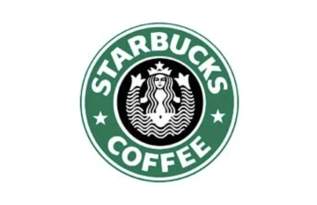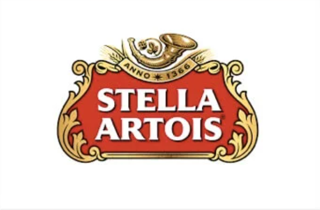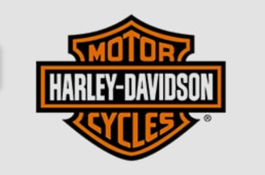Selecting Your Logotype
Before you get too far down the path of developing your company’s brand and logo, you might want to narrow your direction by deciding what type of logo you are looking for.
Below are the general categories of logotypes, with some basic examples from national companies. Have a look and consider where your company would fit best.
Wordmark / Lettermark / Monogram / Logotype
The most basic logotype is a font-based logo that focuses on a business’s name alone. These are best suited for companies with short, catchy names and can include just the company’s name in full (think Google) which is a wordmark, or a shortened portion of the company name (think Coke), or in the case of a monogram logo, just the initials of the name of the company (think IBM) which are considered lettermarks or monograms.
Pros
- Using the entire company name helps remove a possible problem of recognition
- A lettermark helps simplify if you have a long company name
- A wordmark is good if you are a new business and need to get your name out
- Both lettermarks and wordmarks are easy to replicate across marketing materials
Cons
- A wordmark may look generic and not be memorable if not well crafted.
- A wordmark can look cluttered if you have a long company name.
- Simply placing your business name in a font won’t be distinct enough to capture the nuance of your brand. Hire a pro.
- Most letterforms depend on repeated viewing for recognition.
- If not designed skillfully, a letterform may not be legible. Hire a pro.
- If you’re not well-known, or if your business is named after a person, it may be difficult to create brand recognition
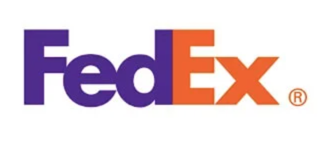
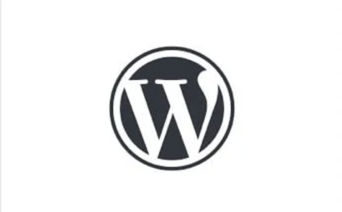
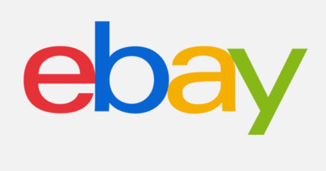
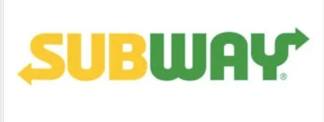
Brandmark / Pictorial Mark / Logo Symbol
Another fairly basic logotype is an image or icon-based logo that does not include any text at all. They use immediately recognizable, literal and recognizable images, following the mantra “a picture is worth a thousand words”.
Pros
- Once people know your symbol, they are very easy to notice in advertising.
- Clean and simple, direct to the point.
Cons
- Being only an image makes it a tricky logo type for new companies or those without strong brand recognition
- Being separated from the text, these logos may be difficult to recognize without heavy advertising.
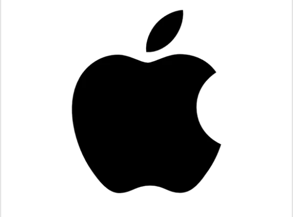

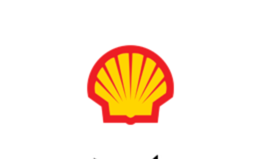
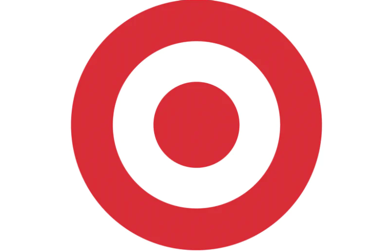
Abstract Symbol
This is also another fairly basic logotype is an image or icon-based logo that does not include any text at all. However, an abstract logo does not use literal and recognizable images, instead an abstract mark is that uses shapes and colors to cultivate meaning and emotion about your brand. Abstract marks are highly conceptual and might represent an idea or value rather than provide a direct message.
Pros
- You’re able to convey what your company does symbolically, without relying on the implications of a specific image. As an example, Nike’s swoosh implies movement and freedom without depicting a recognizable “object”, which removes the possibility of someone disliking that specific object and having that opinion impact their feelings for the brand.
- Abstract marks condense your brand into a single image that works very well in branding.
- Abstract logos allow you to create something truly unique to represent your brand.
Cons
- The abstract or symbolic mark works most effectively for large companies with numerous and unrelated divisions.
- Abstract marks are extremely difficult to design well. There is potential to create confusion in today’s oversaturated world.
- Being only an image makes it a tricky logo type for new companies or those without strong brand recognition
- Being separated from the text, these logos may be difficult to recognize without heavy advertising.
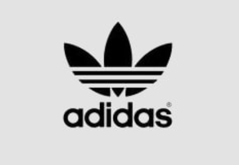
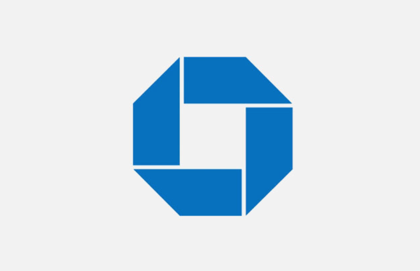
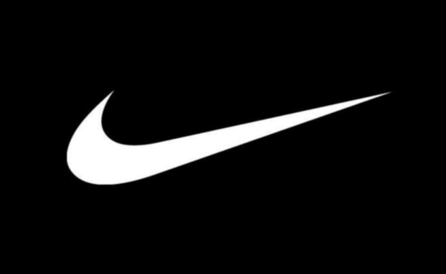

Mascot
Mascots are images of a character that act as a visual representation of your business, like a “spokesperson”. As the most family-friendly type of logo, mascots appeal widely to children as a physical, tangible character that they can relate to. They are often cartoonish and fun. Food brands, service companies, and sports teams are common users of mascots.
Pros
- A mascot works like an ambassador of your brand and helps familiarize the audience with your brand.
- Mascots are great to create a wholesome atmosphere by appealing to families and children.
Cons
- Mascots do not work well for non-family-friendly brands, nor for more serious industries like financial.
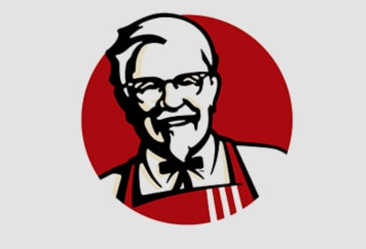
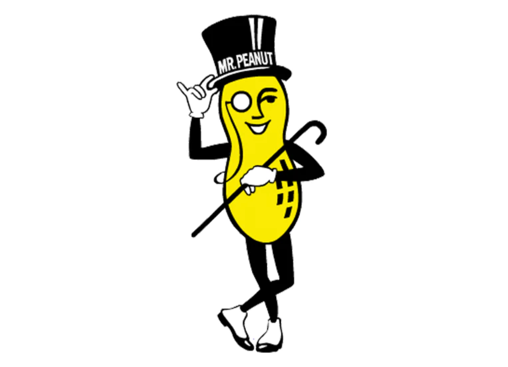


Combination
Combination logos incorporate both images and words, be it a letterform with a mascot, a monogram with an abstract symbol, whichever combination speaks to your brand. The combination also allows for easy rebranding – your company name, for example, combined with an image (abstract or otherwise) will be associated as one, so that eventually your customers will only see the symbol and still immediately think of your brand.
Pros
- Versatility
- Flexibility to depend only on the logo symbol (excluding the name/text) once you have enough exposure.
- Connects your name with your symbolism immediately
Cons
- These carry the same cons as the individual logotypes (icon/mascot/wordtype, etc) that you use in your combination logo.
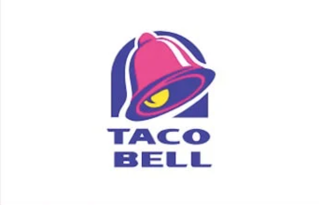
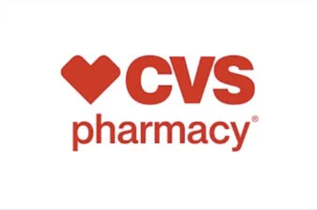
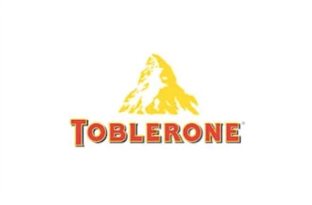
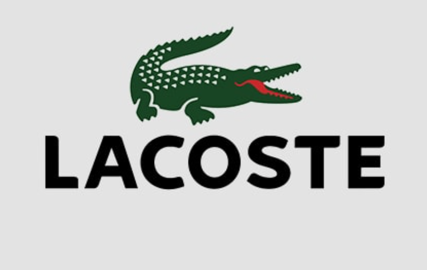
Emblem
An emblem logo consists of text inherently linked inside an image, typically within the borders of badges, seals, or crests. These tend to have a traditional, classic style, and as such, they are the go-to choice for many schools, universities, organizations, or agencies, as well as the auto industry which has a fondness for emblem logos.
Pros
- Emblems tend to stand the test of time, from family crests to royal stamps
- Emblems are memorable
- Emblems lend an air of professionalism, traditionalism, longevity, and importance to your brand
- Emblems look terrific as an embroidered patch on a uniform
Cons
- Less flexibility. Having all elements intrinsically linked means you cannot easily separate them out into distinct icons versus text
- These logos tend to have more detailed designs that may not look as nice when resized, especially important as mobile devices continue to shrink, the emblem becomes less legible.
